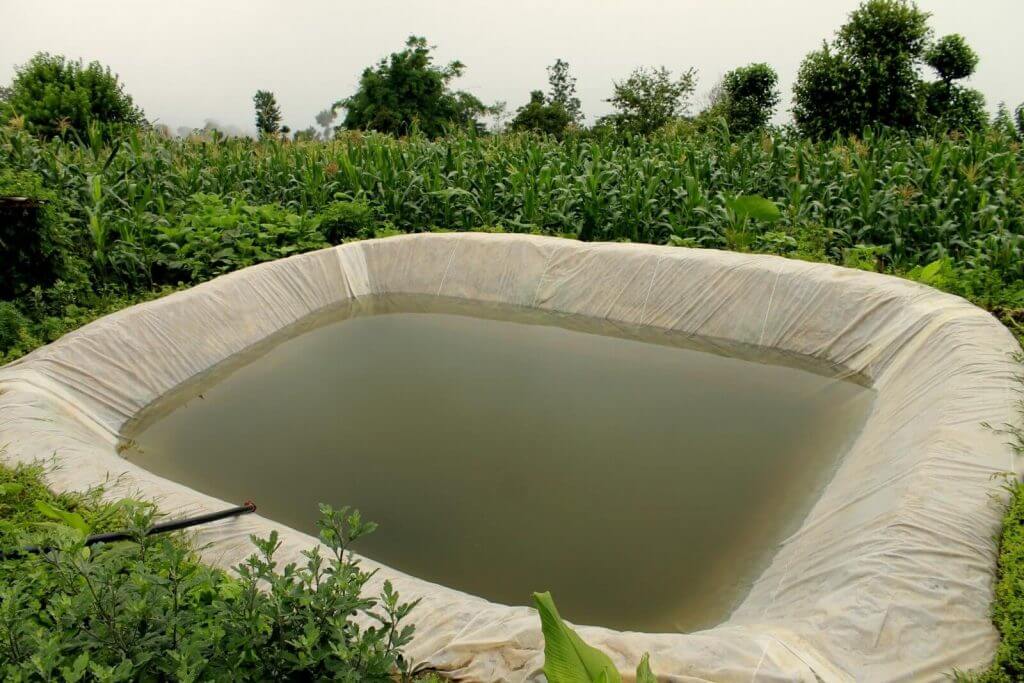
Harvesting Rainwater- Preparing for the Future Early
In a world facing increasing water scarcity and environmental challenges, harvesting rainwater has emerged as a sustainable solution for meeting our water needs. By capturing and storing rainwater, we can reduce our reliance on traditional water sources and contribute to a more resilient and sustainable future.
The Importance of Rainwater Harvesting
As the global population continues to grow and water resources become more strained, rainwater harvesting offers a practical and environmentally friendly alternative. By harnessing the power of nature, we can take advantage of the free and abundant resource that is rainwater. Harvesting rainwater not only helps alleviate pressure on traditional water sources but also reduces the risk of flooding, erosion, and runoff.
Here are some key reasons why rainwater harvesting is important.
- Water conservation- Rainwater harvesting helps in conserving water resources by reducing the dependency on groundwater and municipal water supply. It provides an alternative source of water that can be used for various non-potable purposes like watering plants, cleaning, and irrigation.
- Mitigating water scarcity- Many regions around the world are facing water scarcity issues. Rainwater harvesting can help alleviate this problem by providing an additional water source during dry seasons or droughts. This practice plays a crucial role in meeting the water needs of communities, especially in areas without access to reliable water sources.
- Sustainable agriculture- Rainwater harvesting is particularly beneficial for agriculture. The collected rainwater can be used for irrigation, reducing the reliance on groundwater extraction. This sustainable irrigation practice can help maintain soil moisture, increase crop yield, and protect natural water sources.
- Environmental benefits- Rainwater harvesting reduces the strain on local water resources like rivers, lakes, and underground aquifers. It helps in preventing over-extraction, saltwater intrusion, and depletion of these vital water sources. Moreover, it minimizes stormwater runoff, which can lead to soil erosion and water pollution.
- Carbon footprint reduction- Rainwater harvesting reduces the need for energy-intensive water treatment processes required for municipal water supply. By utilizing rainwater, individuals can help lower the carbon footprint associated with water treatment, pumping, and distribution.
Methods of Rainwater Collection
There are various methods of collecting rainwater, each suited to different scales and purposes. Let’s explore some of the most common methods:
Rooftop Collection
One of the simplest and most accessible methods is rooftop collection. By directing rainwater from roofs into gutters and downspouts, we can channel it into storage tanks or cisterns. This method is particularly effective for residential properties and small-scale applications.
Surface Runoff Collection
In areas with large open spaces or permeable surfaces, surface runoff collection can be employed. This involves directing rainwater from paved areas or landscapes into collection channels or swales, where it can be stored or infiltrated into the ground.
Rain Gardens
Rain gardens are designed to capture rainwater from roofs or other surfaces and allow it to infiltrate into the soil, replenishing groundwater reserves. These gardens are typically planted with native vegetation that can tolerate both wet and dry conditions.
Rainwater Storage Systems
Once rainwater has been collected, it needs to be stored properly for future use. There are several options for rainwater storage systems, depending on the volume of water you wish to store and the available space.
Above-Ground Tank
Above-ground tanks are a popular choice for rainwater storage. These tanks can be made from various materials such as polyethylene, fiberglass, or concrete. They are relatively easy to install and maintain, and their capacity can be customized to fit your needs.
Underground Cisterns
If space is limited or aesthetic considerations are important, underground cisterns offer a discreet and space-saving solution. These tanks are installed below ground and can be accessed through manholes or access points. They provide excellent insulation against freezing temperatures.
Bladder Tanks
Bladder tanks are flexible containers that can be placed in crawl spaces or under decks. They are particularly useful in areas with limited space or where above-ground tanks are not desirable. Bladder tanks can expand and contract as water levels fluctuate.
Preparing for Dry Seasons
- Assessing Rainwater Potential. Understand your region’s average rainfall patterns and the potential amount of rainwater that can be harvested. Factors like roof size, surface area, and annual rainfall data can help estimate the quantity of water available for collection.
- Selecting the Right Collection System. Choose a rainwater collection system based on your needs and available resources. Options include rooftop collection, surface-based collection, or a combination of both.
- Maintenance and Cleaning. Regularly clean gutters, filters, and storage tanks to ensure proper functioning of the rainwater harvesting system. Clear debris and inspect for any leaks or damages to prevent contamination.
Importance of Dam Liners
- Versatile Protection- Dam liners act as a protective barrier against seepage, erosion, and loss of collected rainwater. They prevent water loss and maintain the integrity of the stored water.
- Material Durability- High-quality dam liners, such as reinforced polyethylene, offer long-lasting durability and resistance to weathering, UV radiation, and aggressive chemicals.
- Customizable Solutions- Dam liners can be tailored to fit various sizes and shapes of storage structures, ensuring optimal water retention.
- Environmental Considerations- Eco-friendly dam liners help maintain water quality by preventing contamination due to seepage, or the intrusion of pollutants.

